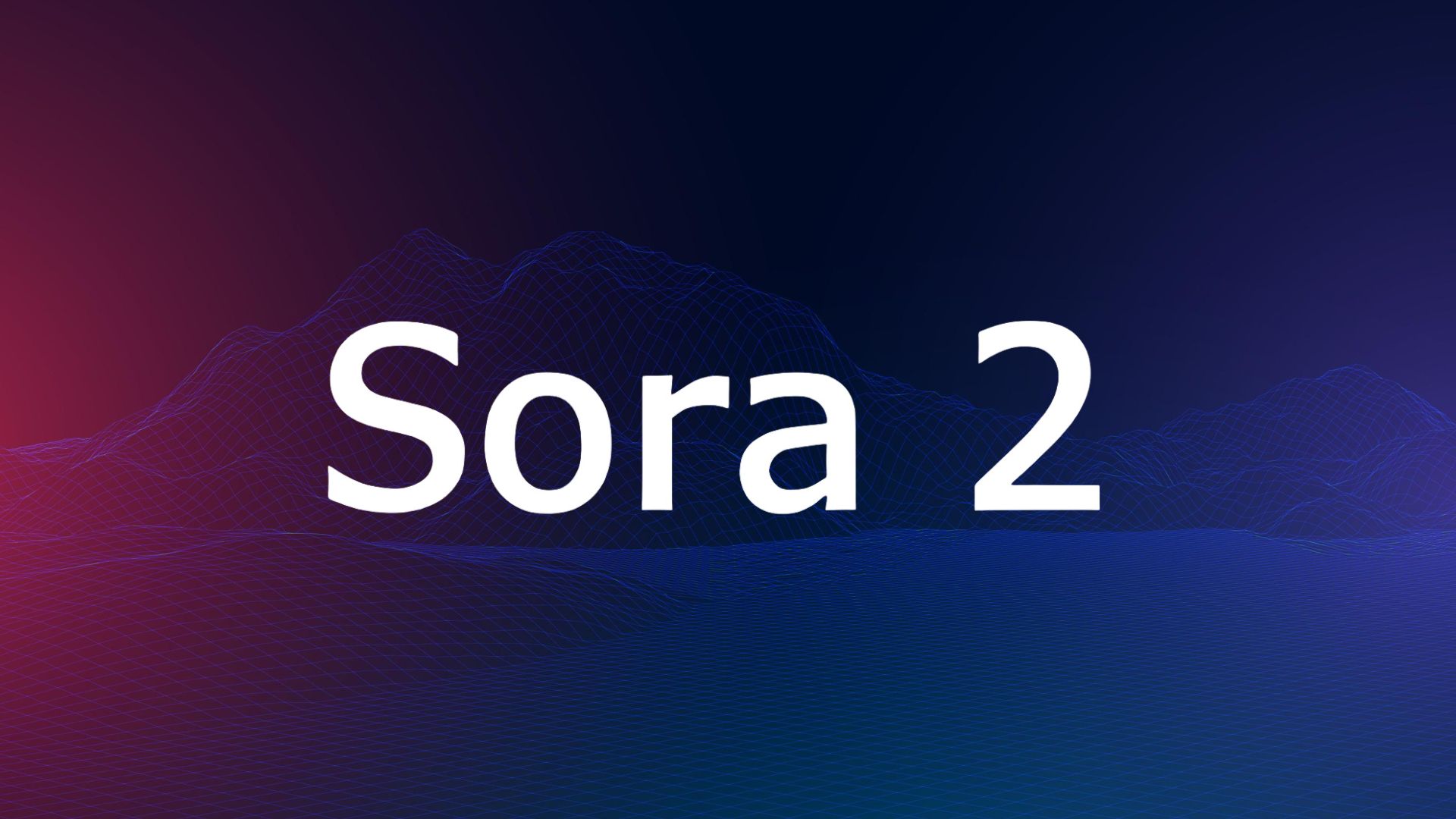OpenAI paused the ability to re-create Martin Luther King Jr. in Sora 2 after Bernice King objected to user videos. Company leaders issued a joint statement with the King estate. New guardrails will govern depictions of historical figures on the app.
OpenAI said families and authorised estates should control how likenesses appear. Representatives can request removal or opt-outs. Free speech was acknowledged, but respectful use and consent were emphasised.
Policy scope remains unsettled, including who counts as a public figure. Case-by-case requests may dominate early enforcement. Transparency commitments arrived without full definitions or timelines.
Industry pressure intensified as major talent agencies opted out of clients. CAA and UTA cited exploitation and legal exposure. Some creators welcomed the tool, showing a split among public figures.
User appetite for realistic cameos continues to test boundaries. Rights of publicity and postmortem controls vary by state. OpenAI promised stronger safeguards while Sora 2 evolves.
Would you like to learn more about AI, tech, and digital diplomacy? If so, ask our Diplo chatbot!










